
MoCA/NY asked three Japanese ceramic artists and academics to collaborate on our feature exploring the traditions, culture, and history of the significant cultural heritage site Shigaraki in Japan. Stay tuned for Hitomi Shibata's personal essay about her time working and participating in the artist-in-residence program at the Shigaraki Ceramic Cultural Park, and En Iwamura's essay about his experience working as an artist in Shigaraki.
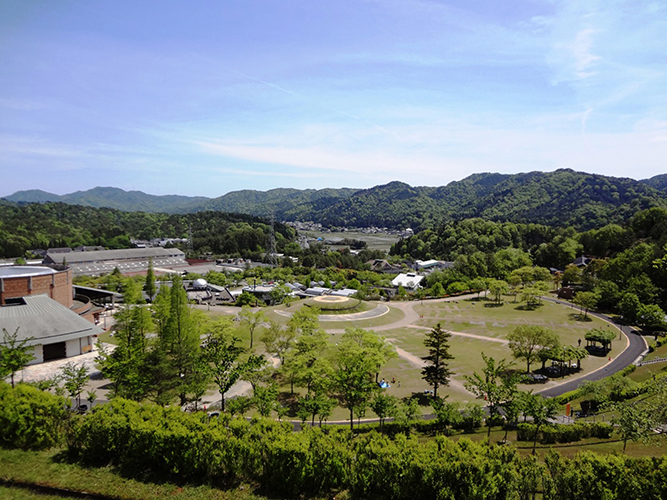
Michio Sugiyama, who formally worked at the Shigaraki Ceramic Cultural Park, currently operates as Director of “Shigaraki Share Studio.” Sugiyama, with his extensive knowledge of the region, answers critical questions about the cultural heritage site.
Shigaraki, one of Japan’s Six Ancient Kilns Sites, is one of the oldest pottery-producing regions in Japan. Shigaraki was a crossroads for transportation between Nara and Yamashiro of the central Kinai region and the Tokai region (Nagoya area).
Since Shigaraki is near Kyoto and Nara, where the tea ceremony was born, Shigaraki teaware developed naturally. With rich deposits of high-quality clay, Shigaraki is an ideal location for potters.
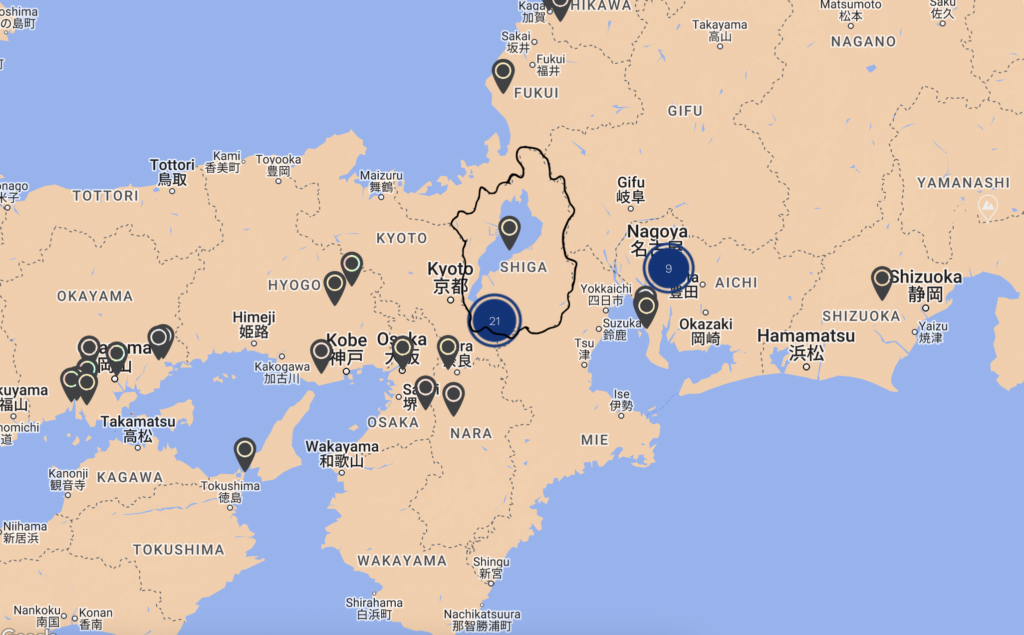

The Koka region (the southernmost part of Shiga prefecture), where Shigaraki ware is fired, is adjacent to the Iga region (Mie prefecture), and it is said that Shigaraki-ware and Iga-ware are very similar, but this is because they are made from the same clay layer of the Old Biwa Lake layer, which gives a unique clay flavor known as "Old Shigaraki.'' The rustic and warm feeling of the clay is due to this Old Lake Biwa layer.
By the end of the medieval period, Shigaraki potters were making jars, vats, and mortars and firing them in anagama kilns. Shigaraki had begun to develop its unique style as one of Japan’s pottery-producing centers.
Shigaraki-ware is known for the special quality of its clay. By firing in anagama or noborigama wood-firing kilns, effects such as warm, reddish hiiro flashing, deep green natural ash biidoro, or burnt black koge can be achieved. As a form of art using the media of clay and fire, Shigaraki pottery communicates the Japanese aesthetic of wabi and sabi to the present age.

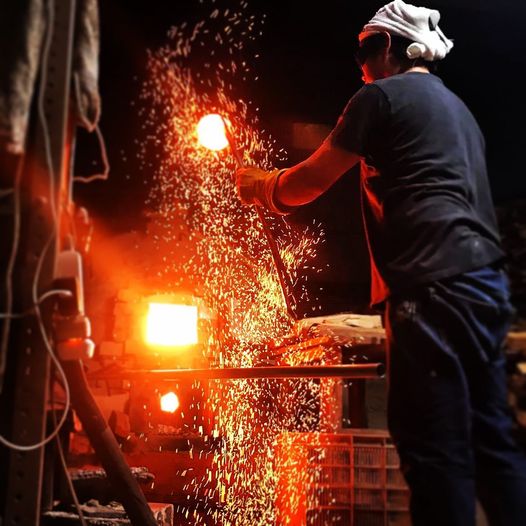
The rusticity of Shigaraki ware expresses the emotions of the Japanese people. For this reason, since the Muromachi (1338-1573) and Momoyama periods (1573-1603), Shigaraki teaware evolved along with the tea ceremony and was prized by tea masters and people of culture. Charcoal braziers with namako glazeware for tea ceremonies became increasingly popular through the Muromachi, Azuchi, and Momoyama periods.
In the Edo period (1603-1867), tea jars were produced in large numbers, and as a commercial infrastructure developed, daily cooking ware such as plum jars, miso jars, sake bottles, and flameware began to be produced in mass quantities.
In the Meiji era (1868-1912), Shigaraki potters began to produce hibachi charcoal braziers glazed with the newly developed namako mottled blue glaze. These hibachi proved to be extremely popular, at one point garnering a more than 90% share of the market across Japan. In addition to hibachi, Shigaraki produced small wares such as ritual vessels, sake vessels, and tea ware, along with large wares such as storage jars in ever-increasing levels of both quantity and quality.
In the Showa era (1926-1989), particularly in the 1960s and 1970s, one result of Japan’s rapid economic growth was the development and popularization of electric and oil heaters. The rise in the standard of living along with changes in the Japanese lifestyle meant a severe decline in the demand for hibachi, a catastrophic development for the Shigaraki economy.
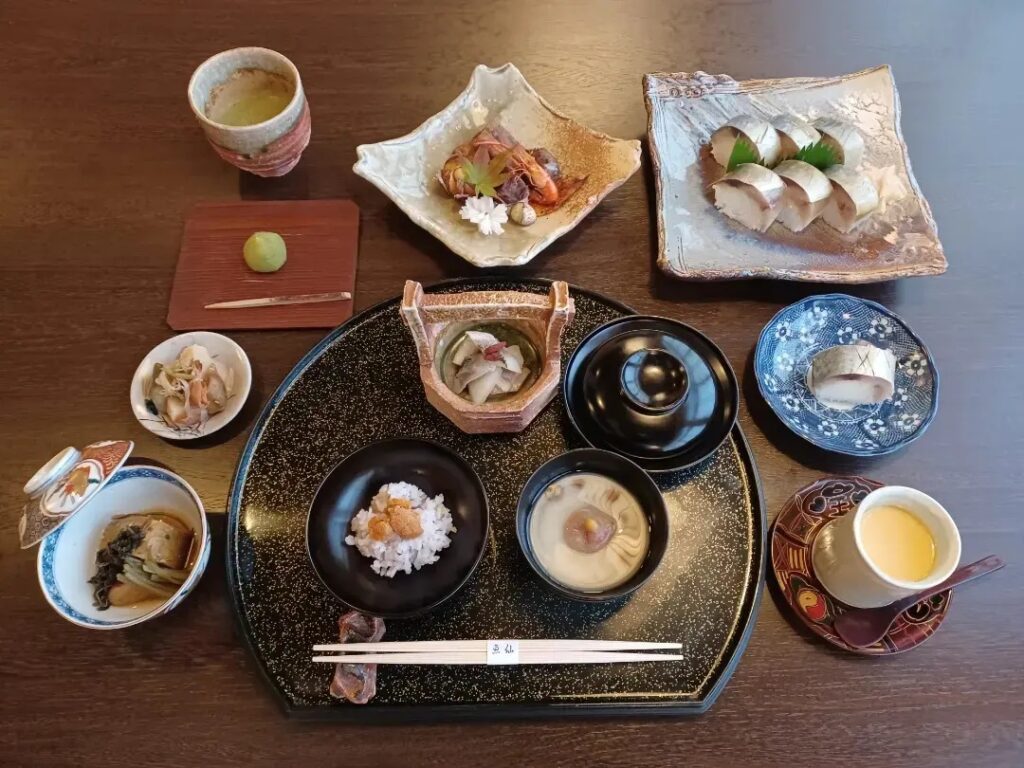
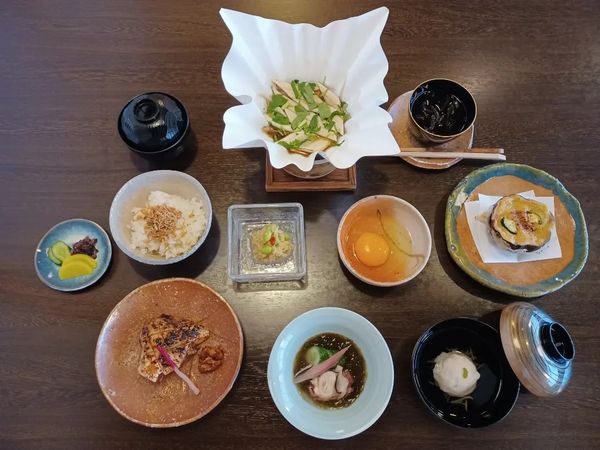
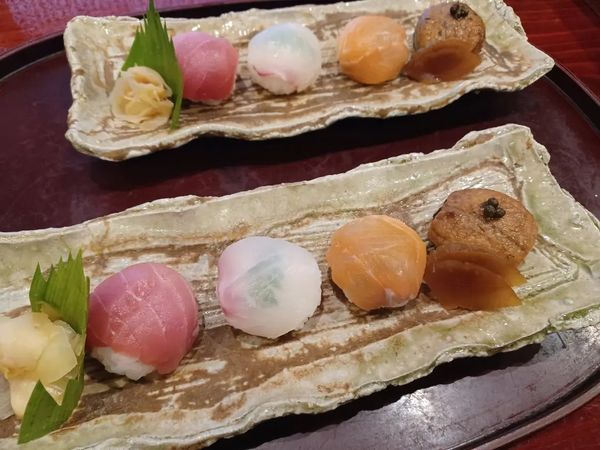
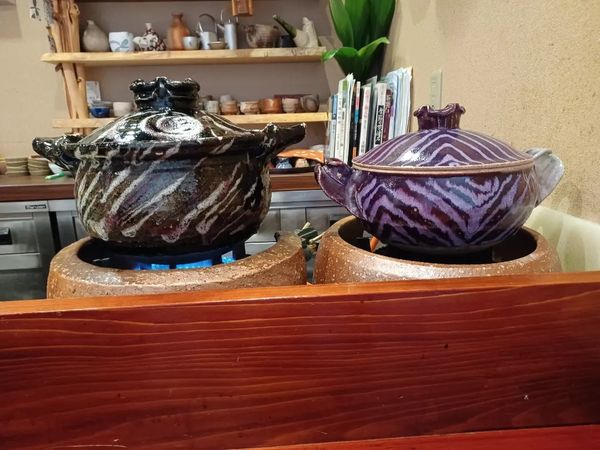
However, the innovation of local craftsmen combined with traditional techniques resulted in the adaptation of the namako glaze to ceramic planters. The emphasis of production shifted to planters for high-quality bonsai and other plants. These new products were well received by consumers.
Shigaraki ware was designated as a traditional craft by the Ministry of Economy, Trade and Industry of the Japanese Government in 1976, and in April 2017, Shigaraki ware was certified as a Japanese heritage as one of the "Six Ancient Kilns of Japan.''

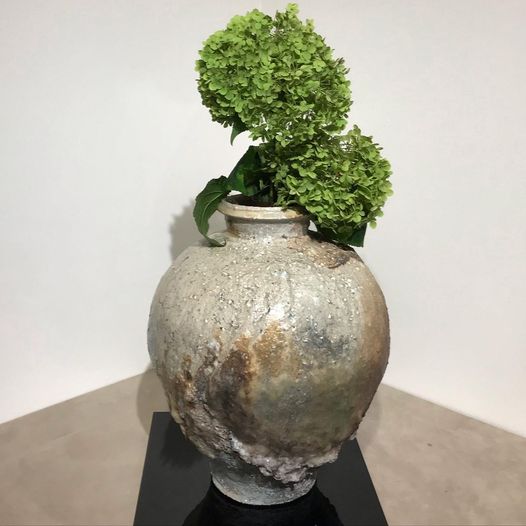
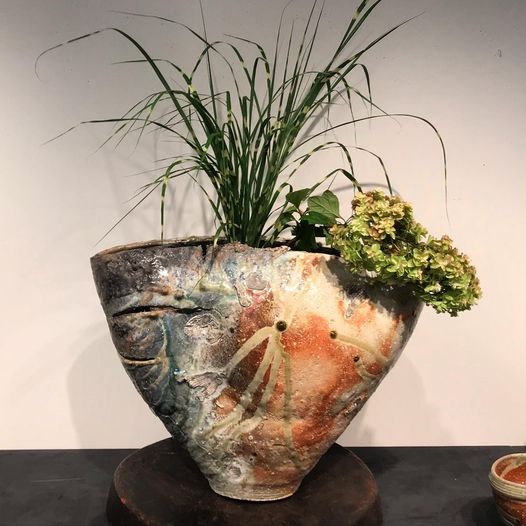
Organizations in Shigaraki today include the Shigaraki Ceramic Cultural Park, the Shigaraki Ceramic Research Institute,and the Shigaraki Pottery Industrial Cooperative Union,which is comprised of over 100 manufacturers.
The Shigaraki Pottery Wholesale Commercial Union has over 40 wholesalers, and the Shigaraki Art and Craft Ceramists Association is made up of over 80 ceramic artists.
By fully utilizing its high-quality clay and technological tradition, Shigaraki ware enhances our enjoyment of life. Shigaraki is now striving to become a world center for ceramics, creating a new culture of ceramic art based on historical tradition.
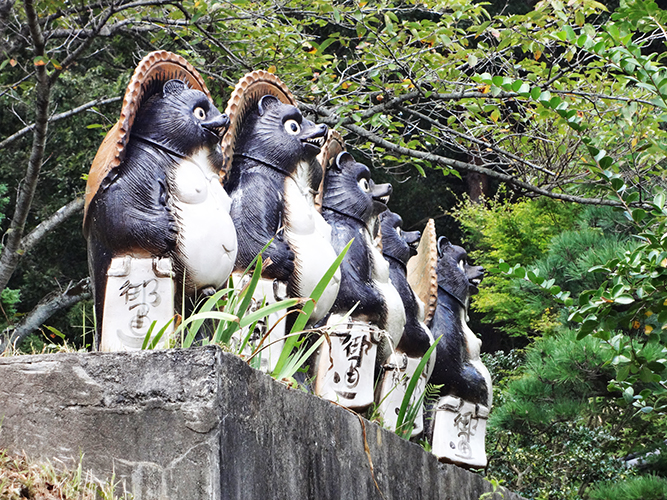
Shigaraki today produces utilitarian ware such as planters, flower vases, and tableware, as well as exterior ceramics such as architectural tile, garden furniture, and decorative ornaments such as tanuki (raccoon), dogs, and frogs.
Shigaraki ceramics are rooted in our daily life and new technologies are developed in response to demand. Shigaraki clay is highly refractory, and while high in plasticity, it is also strong, making it ideal for both large-scale ceramics and small work.
The ability to develop and construct in a variety of ways is one of the unique characteristics of Shigaraki ware.
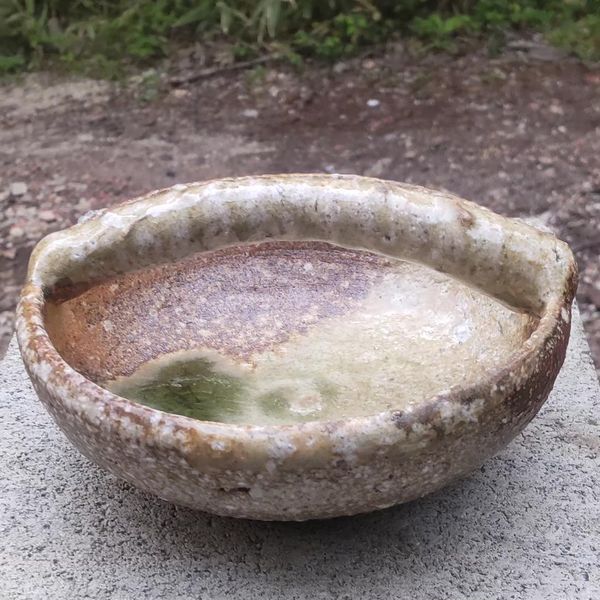


There is also a characteristic phenomenon of kiln change that is often seen in old Shigaraki. One of its characteristics is that the surface of the vessel is rough and contains many fine stone grains (quartz grains, feldspar grains, and silica sand).
In addition to ash glaze, there are many types of glazes, such as the “sea cucumber glaze'' seen on flower pots and braziers, probably because there are few painted products, and the molding, drying, and firing techniques used to create large items are also typical of Shigaraki ware.
Another characteristic of Shigaraki ware is that you can enjoy a wide variety of pottery, such as yakishime and kohiki, depending on the artist. Therefore, it can be said that modern Shigaraki ware is unique and uses a variety of techniques.
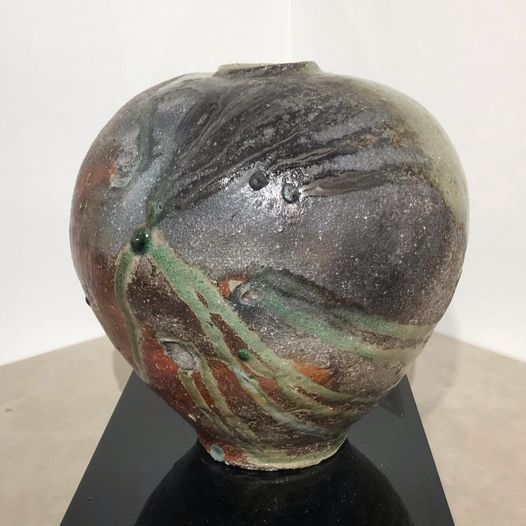

Like many traditional craft production areas, the recent annual production of Shigaraki ware is around 3.5 billion yen. This is about one-fifth of its peak in 1992 (16.8 billion yen). The number of establishments has also decreased by about three-quarters.
The lack of successors is especially serious. There are no living national treasures among Shigaraki ware potters. This is because "We have made everything without specializing in one thing'' (President Takahara). There are both advantages and disadvantages of Shigaraki ware. However, if one technology is not inherited, it will simply die out.
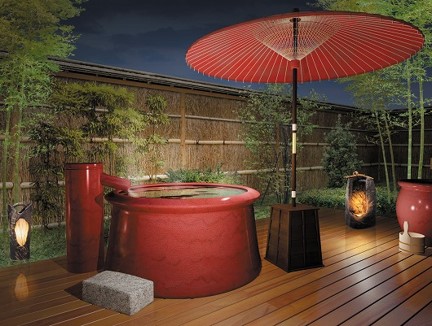
However, looking at the modern history of Shigaraki ware, even if an item no longer sells, new items are always created. Current hit products such as bathtubs is an example of this.
Even in the world of traditional ceramics, there are no Living National Treasures in Shigaraki ware, but many potters, from veterans to young potters, are taking on the challenge of creating the natural glazes produced by firing in anagama kilns.
Although the pottery industry generally has a difficult time finding successors, younger generations are gradually increasing in number, drawn to the charm of this Shigaraki production area, and it is a hope that they will become the bearers of a new Shigaraki tradition.
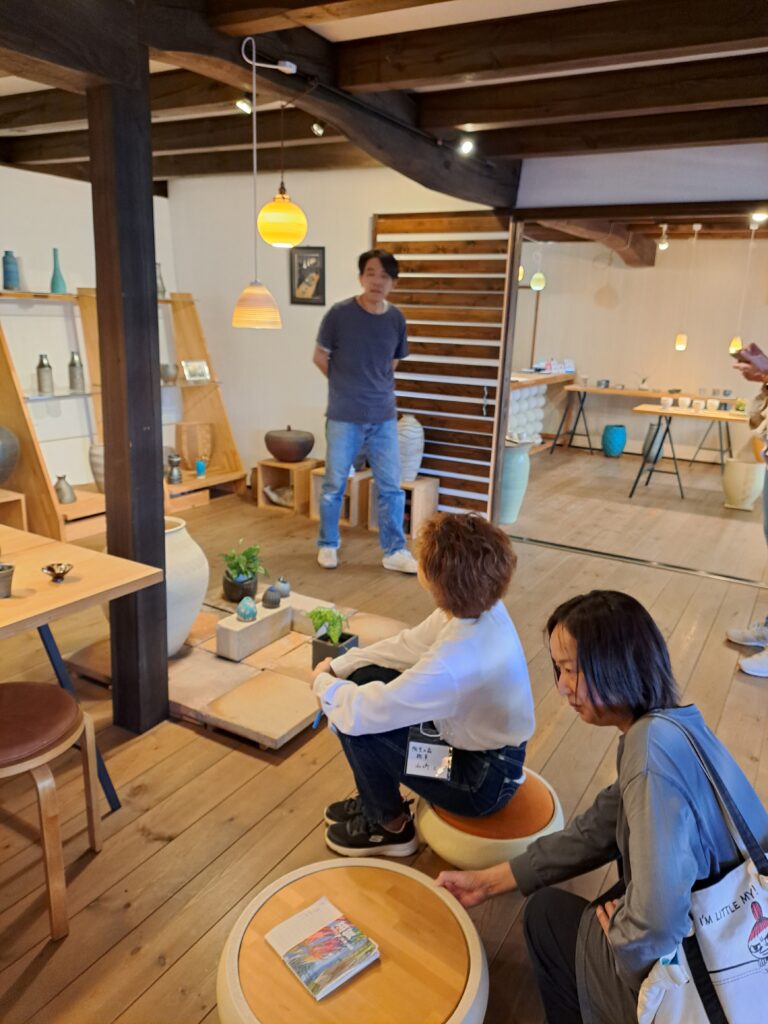
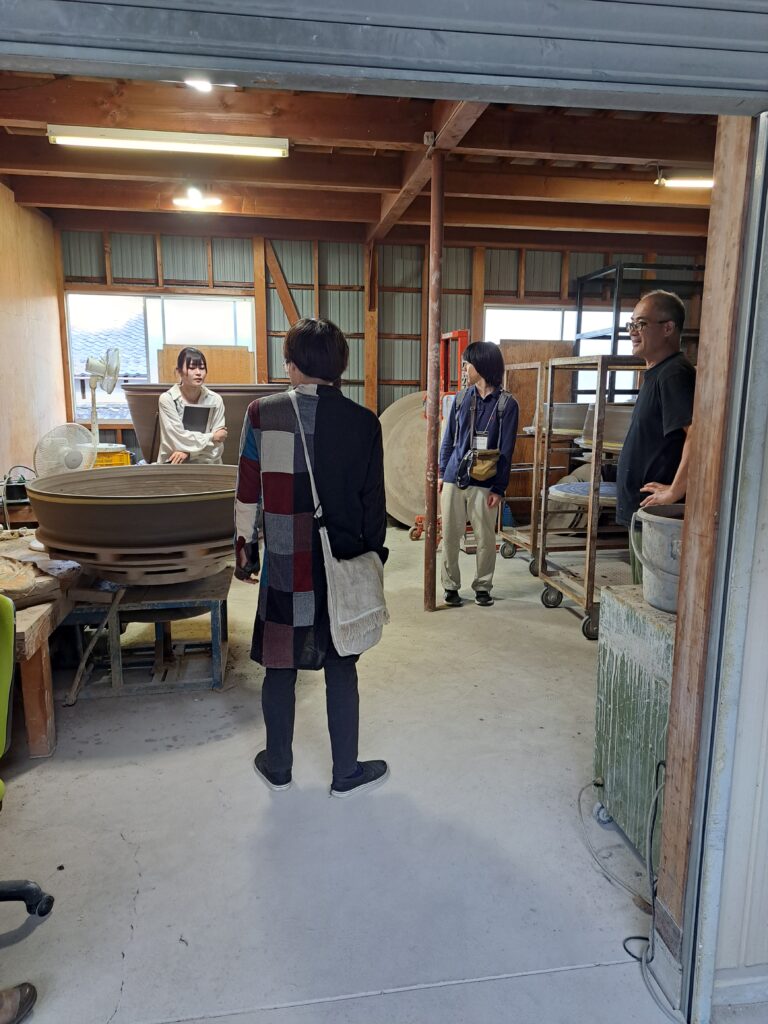
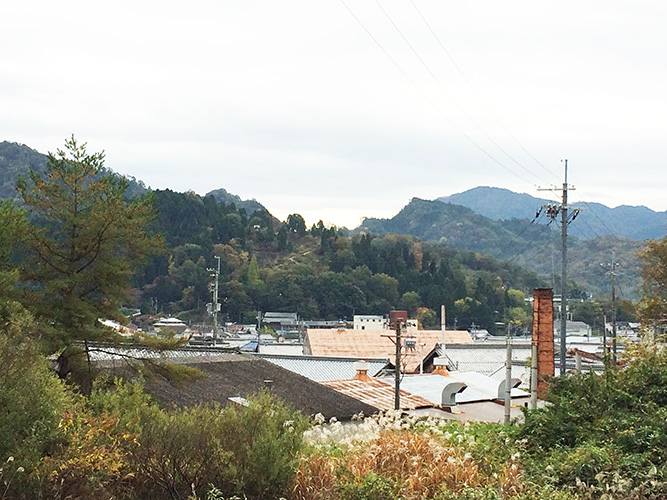
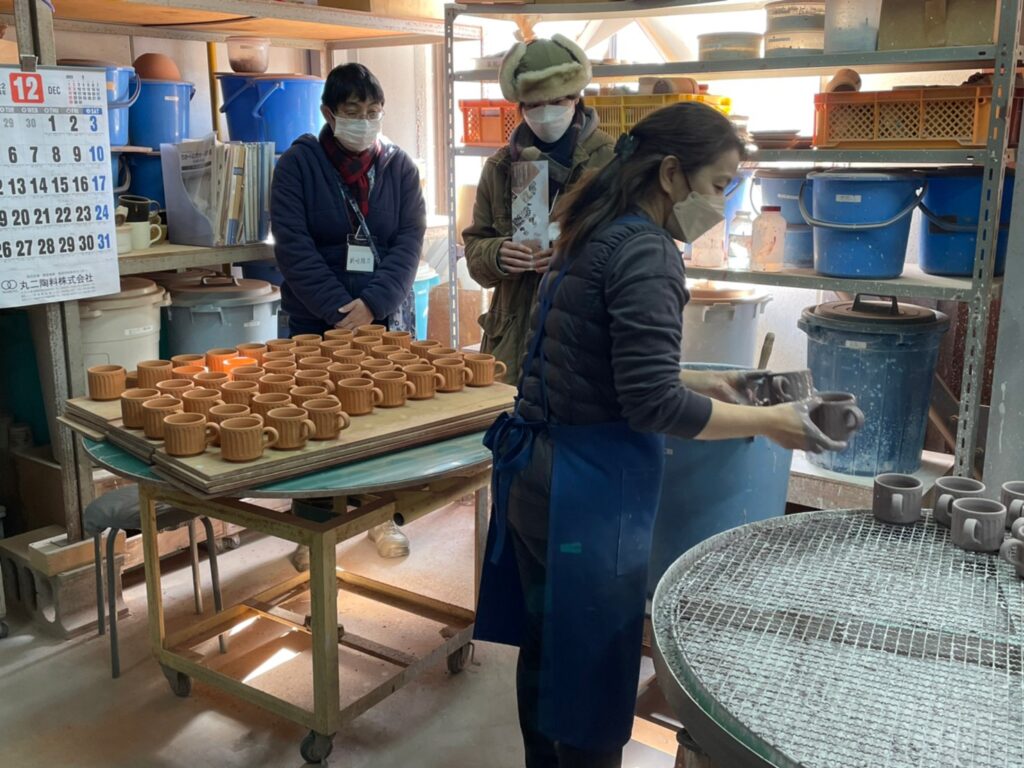


Michio Sugiyama has MFA from the California College of Arts and Crafts, Oakland California. After graduating, he moved to Montana to attend the AIR at the Archie Bray Foundation. In 1989. He returned to Japan and worked at the Shigaraki Ceramic Cultural Park in Shiga Pref. He has been organizing and operating the Artist in Residency at the SCCP until 2020. In 2018 he established a private rental ceramic studio, in Shigaraki named SHIGARAKI SHARE STUDIO and now he is the Director of the Share Studio. He is a member of the IAC and the Japan Ceramic Society.